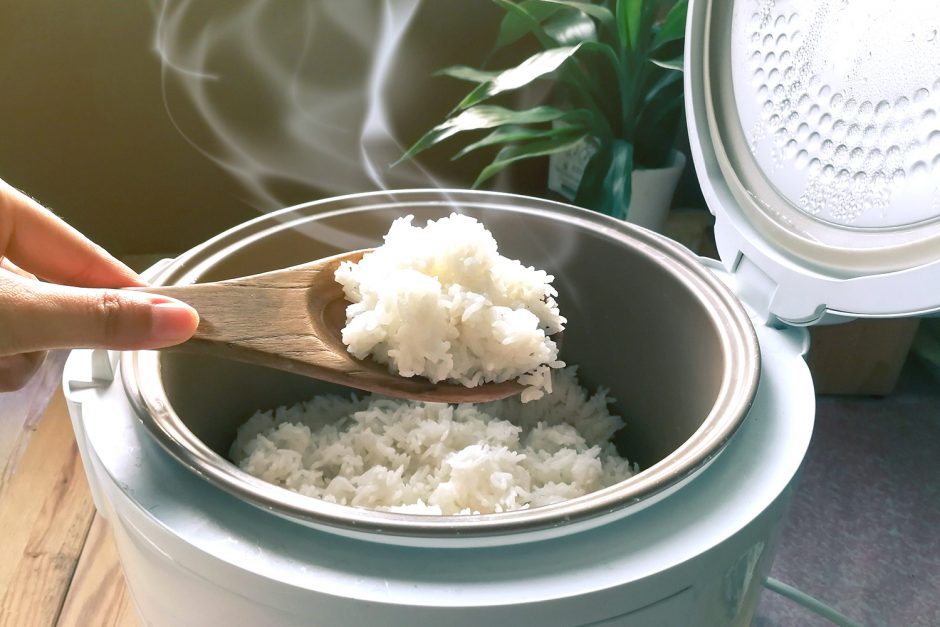Perk Up with 6 Tasteful Malaysian Drinks
Lighten your mood and rejuvenate your senses with 6 must-try Malaysian drinks!
Discover the authentic in Asian cuisine food

Want a hot bowl of rice in minutes? Get a rice cooker. They’re an ingrained part of Asian culinary culture and they’ve fed hundreds of thousands of poor students across the world. This modern marvel takes rice and water adds heat and makes it all equal perfectly cooked rice. It even keeps it warm for you!
Like so many pieces of technology we take for granted, very few people actually know the origins of this little wonder, or even where it came from.
Luckily for you, dear reader, we are here to enlighten you!
It’s not hard to believe that the rice cookers’ country of origin lies within Asia. And once you know that, it’s not hard to figure out it’s Japan, a country famous for ingenious technological advancements and giant robots.
In 1937 the Japanese army issued crews of the Type 97 Light armoured car Te-Ke a small, mobile kitchenette. Little armoured meal prep station contained a primitive rice cooker. And when I say rice cooker, I mean a wooden box with 2 electrodes attached. Once filled with water and rice, the electric current moving flowing through the cooker would cause the water to boil and would cook the rice until the water evaporated. Sadly, this version was not particularly efficient and had the nasty side-effect of electrocuting its user, so no surprises it wasn’t put into commercial production.
In 1945 and seeing an untapped market, Mitsubishi – yes the car manufacturer – had a go. But their version was an electric coil at the bottom of a pot with no auto-turn-off feature and had to be monitored constantly while cooking. Essentially an electric saucepan. No surprises this didn’t catch on in post-war Japan.
Luckily for rice lovers everywhere, the little known and wildly unappreciated Yoshitada Minami was there to rectify the errors of the past. Working with Toshiba he released a double chamber rice cooker that used an indirect cooking method – basically, the rice sat in a pot that was suspended in water. But the true masterstroke was including an inbuilt thermostat that turned the cooker off when a certain temperature was reached. Essentially, Yoshitada made burning rice impossible.
Before long Toshiba was producing 200,000 rice cookers per month for the Japanese market, and only four years later, rice cookers could be found in half of all Japanese homes.
Yoshitada wasn’t perfect, however. The first models didn’t have a “stay warm” function, and the rice was cooling down faster than consumers would like. That issue was remedied in 1965 when the Zojirushi Thermos company started selling electric rice cookers with a stay-warm function using a semiconductor heat regulator. At its peak, this rice cooker sold over 2,000,000 units per year.
Today most electric rice cookers consist of an insulated outer container and an inner removable bowl, usually non-stick and marked to indicate water-level. Some hipster electronic companies – like Tatung – still make rice cookers using Yoshitada’s original design.
You can even find one with a hand carved pure carbon bowl which provides a better heat profile when used with induction heating. Yeah.
So there you have it! A brief history of one of the world’s best-loved appliances.

Lighten your mood and rejuvenate your senses with 6 must-try Malaysian drinks!

Pair your hearty barbecues with these refreshing Asian delights!

What are the properties of ginger, and how to pick, store and use ginger in your cooking? Find out here!